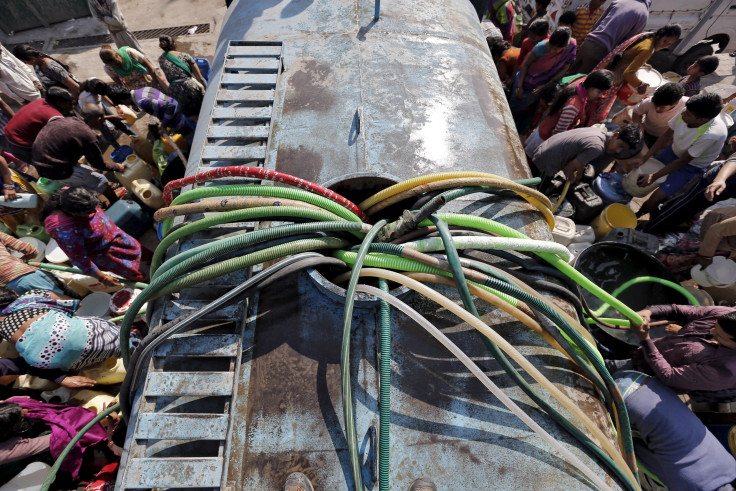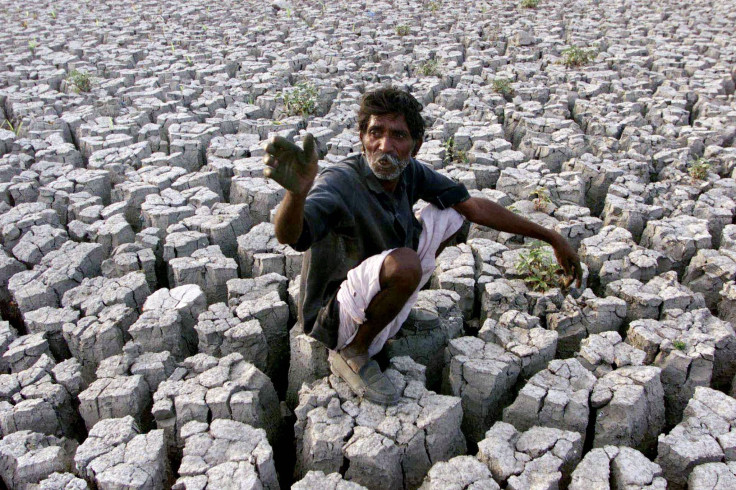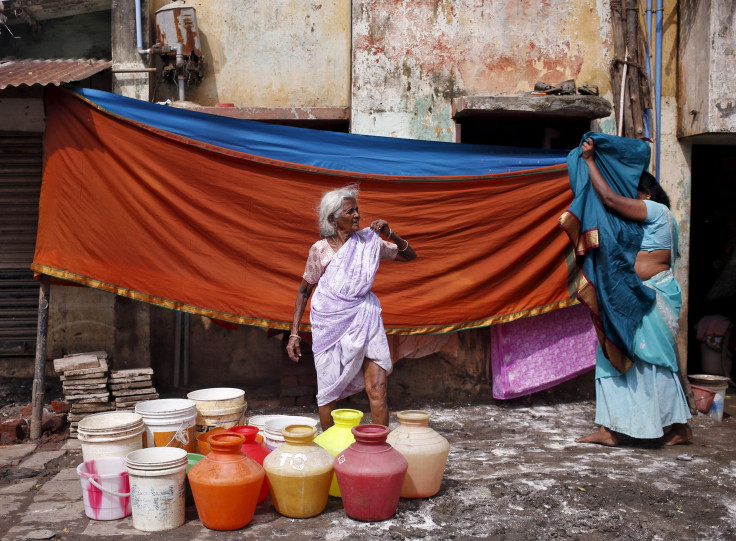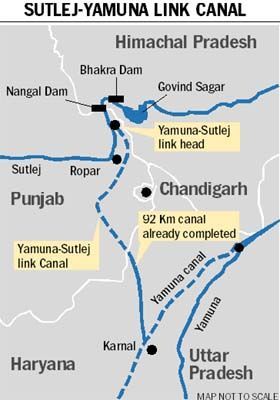Suicide rate of Indian farmers rise as country faces urgent water crisis

Bone-dry India’s water crisis seems to bringing the 2015 blockbuster film “Mad Max” to life. Apart from a deteriorating quality of life, countless diseases and loss of economic opportunities, India’s lack of water is also causing a plethora of social ills.
Two successive years of droughts have resulted in India’s water crisis worsening by the minute, with a whopping 75.8 million Indians -- five percent of the country’s population -- currently lacking access to clean water.
Here’s another horrifying fact -- almost all of India’s water is contaminated by sewage, which means those cut off from clean water have two options: purchase water at the high price of 72 cents for 50 litres; or use supplies contaminated with sewage and chemicals.

A lack of water results in withering crops, which means already-poor rural farmers are not getting a decent income. Based on a new report from the Center for Human Rights and Global Justice at New York University Law School, insurmountable debt has driven many farmers to suicide. Of course other factors also contribute to farmer suicides, such as bank reforms, genetically modified crops, mental health, family problems and government policies.
But India’s water shortage seems to have been the tip of the iceberg. The past two years have seen suicide rates among Indian farmers skyrocketing as the country’s groundwater depletes. Over the past twenty years over 300,000 farmer suicides were reported, but in 2015 the state of Maharashtra alone had 3,228 farmer suicides, its highest in 14 years.

Maharashtra state authorities claim to be trying to help farmers and their families, through concessions on electricity bills and covering interest payments on loans. Government hospitals have also opened special cells in various district and sub-district hospitals to provide counselling to farmers. This measure was considered absolutely necessary after more than 200 farmers and their families were diagnosed with clinical depression in Maharashtra alone.
Latur is a popular tourist hub in Maharashtra, but with dams going dry and quotas imposed on water supply, drought-hit Latur’s authorities have needed to take legal action to prevent possible violence over an acute water shortage. Section 144 of the Criminal Procedure Code, which prohibits the assembly of over five people in an area around wells and water filling points, had to be imposed until May 31 in an effort to prevent water riots.
This is an unprecedented step, but a necessary one because of the people’s desperation for water, especially since water tankers arrive merely once a week, and water through the taps just once a month. According to New Dehli Television, the water is brought from 35km away and local politicians frequently divert water tankers to their own areas, by coercion.

Meanwhile in Punjab,the Satluj-Yamuna Link (SYL) Canal issue continues to play out with no resolution in sight.
The SYL Canal is a proposed canal that will connect the Satluj and Yamuna, two major rivers flowing through Punjab and Haryana -- two states dependent on agriculture. Punjab had acquired a massive tract of land to construct the SYL Canal 40 years ago, which would enable water to be delivered from Punjab’s clean water sources to Haryana and New Dehli.
However, Punjab reverted on the 40-year-old agreement in 2004, claiming that it has not enough water to share and creating major water problems for Haryana, which doesn’t even have adequate drinking water. Just last week Punjab’s Chief Minister Prakash Singh Badal moved legislation to return the almost 4,000 acres of land to its original land owners, without charging them a single cent.

India’s tussle for water has also been affected by caste protests. Last month, protesters from the Jat community, an agricultural district in northern India who were demanding reservation for jobs and education for their caste, severely damaged the equipment bringing water from Haryana’s Munak canal to New Delhi.
According to the ABC, the situation really escalated when thousands of border guards and soldiers were summoned to silence protesters. The Indian army eventually managed to secure the canal, lifting hopes that the metropolis of over 20 million people could avert a water crisis, but by then the capital's key water supplies had already been sabotaged.
With nearly 60 percent of New Dehli’s water supplied from Haryana state, the Jat protests and cut in water supply from Haryana prompted Dehli’s city government to implement water rationing and close schools. Fortunately, teams of engineers are currently working to restore New Delhi’s full water supply, reports India.com.





















